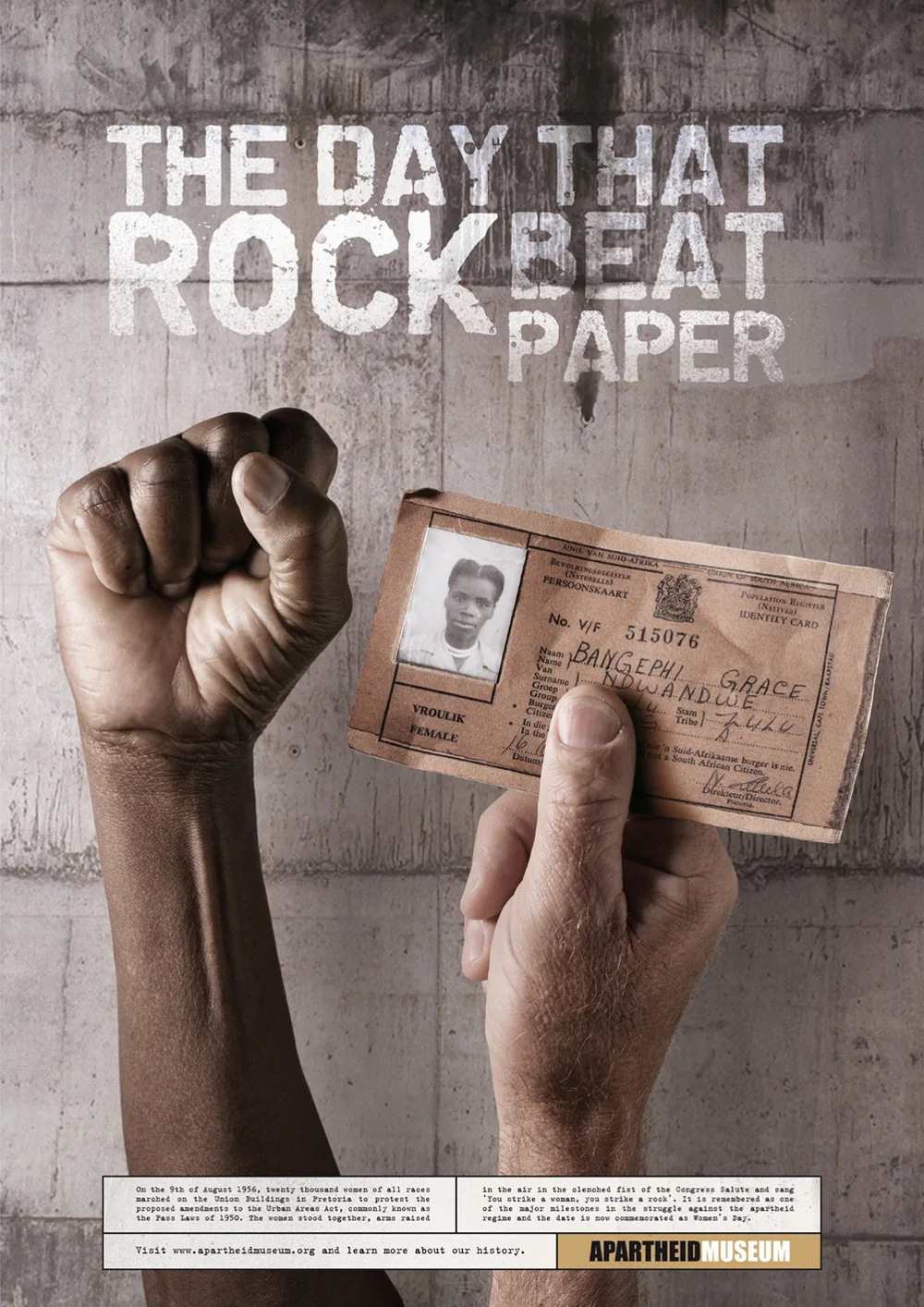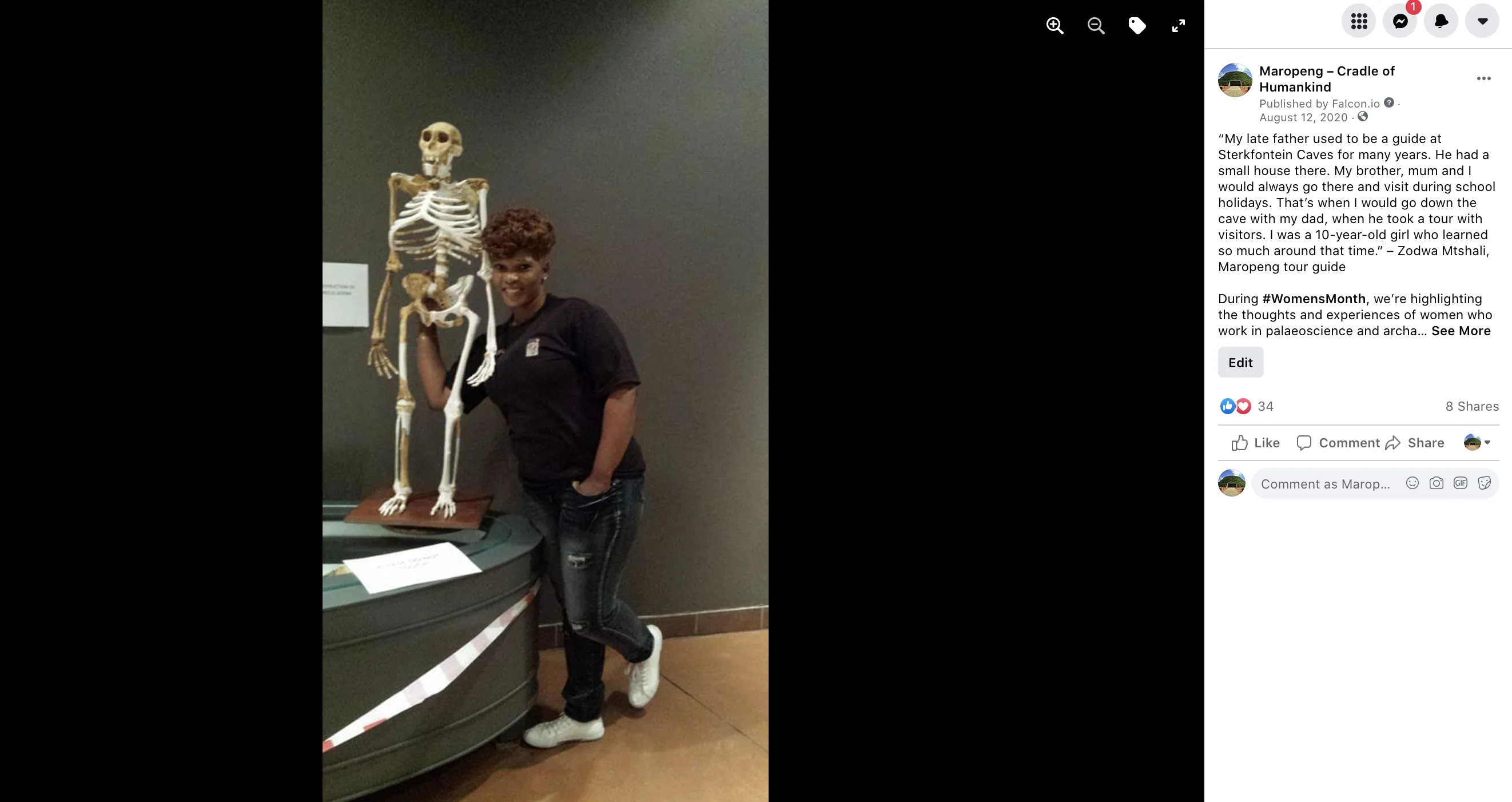Women’s Day is here, and brands have doubtless prepared campaigns and content to celebrate the day and the month. But how many will hit the right note and how many will suffer a backlash? We looked at striking purpose-driven campaigns to glean some insights on how to join significant conversations in ways that are helpful and progressive.
The history
The Women’s March on 9 August 1956 remains one of the most iconic moments in South African history.
On that day, an estimated 20 000 women marched on the Union Buildings in Pretoria to protest against pass laws for black women. The prime minister at the time, JG Stridom, refused to meet with the protesters or accept their petition, and in an iconic moment they stood in silence before breaking into a song written for the occasion.
“Wathint’ abafazi, wathint’ imbokodo’!” (You strike the women, you strike a rock.)
If you’d like to take a walk down memory lane and learn more about that day, have a look at this Google Arts and Culture page.
It was a powerful moment in our nation’s history, and every Women’s Day, brands and organisations (perhaps cynically, in some cases) try to celebrate the spirit of that progressive, outspoken protest by women that helped shape South Africa’s destiny.
And every year there are brands that suffer a backlash for particularly clumsy attempts at doing this.
Perhaps the most memorable slip-up in recent history was when pen-maker BIC decided to share a message on Women’s Day that was anything but empowering.
“Look like a girl” “Think like a man” #Bic fails spectacularly with this #happywomensday ad. pic.twitter.com/G9avXp4MoV
— Rebecca LeBard (@rlebard) August 12, 2015
BIC apologised for this but it is certainly not the only brand in South Africa, or globally, that has fumbled when trying to capture the women empowerment zeitgeist.
But let’s not focus on campaigns that get it wrong – let’s look at creative ways that organisations and brands are getting it right and extrapolate some insights if you decide you want to be part of a contemporary conversation on a social issue.
Consider a clever twist that doesn’t make light of the message
Perhaps the best take on Women’s Day messaging I’ve ever seen is this poster by the Apartheid Museum. It’s an image steeped in history, from the evocative raised black fist next to the white hand wielding the pass document, to the reference to “rock” in the copy, which harkens back to the slogan used during the 1956 Women’s March.
But the true genius is in the copy – which is playful without making light of the significance of the day.

When it comes to statistics, presentation is everything
This series by global flower delivery service Interflora was for International Women’s Day, which is celebrated in March. Issues such as the gender pay gap and the glass ceiling are best explained through facts and figures – but if these aren’t presented well, you’ll lose your audience entirely.
Interflora’s solution here is striking and also manages to remind us what it does without making it a hard sell.
Business has a long way to go when it comes to gender inequality – just 7.2% of companies on America’s Fortune 500 list are headed up by women. #IWD2021 pic.twitter.com/Qzej5znfUU
— Interflora (@InterfloraUK) March 8, 2021
Here’s the full set.
March the 8th is International Women’s Day. @InterfloraUK are highlighting the contribution women have played in achieving equality but also highlighting beautifully that there is much more work to do.
— Sara (@sarabrownhawk) March 7, 2021
Interflora’s #ChooseToChallenge makes these inequalities visible. pic.twitter.com/D4gU0PywIv
Tell authentic stories
Maropeng, the official visitor centre for the Cradle of Humankind World Heritage Site in Gauteng, decided to commemorate Women’s Day last year with a campaign that celebrated the many women involved in exploring and sharing humanity’s origin story – from scientists to tour guides.
By focusing on individual stories, the collective effect of the campaign was to provide a layered, nuanced look at the experiences of women in the field. This approach also saw readers being drawn in by the story and leaving with a message, rather than having the message blared at them.

Remember: it’s not about you
When it comes to messaging around issues such as social justice or empowerment, give your platform to more authentic figures and voices in the space.
Big brands such as Nike and Dove have been doing this particularly well over the past few years, combining high production values with prominent voices. We may not particularly care what the CEO of Nike has to say about women in sport, but we will listen to Serena Williams (for instance).
This approach puts the focus on a broad message that is relatable to and evocative for a large audience, with the brand appearing almost subliminally in the advertising.
Here’s an example from Nike:
And one from Dove:
This trend of brands jumping onto purpose-driven messages is in large part due to social media, where for the first time, audiences are no longer just passive recipients of brand messaging.
They’re having their own, loud conversations that companies have to contend with in order to make their voices heard. For brands, this means joining conversations in ways that are relevant and relatable.
There are cynical ways to look at this dynamic, but in that cynicism it’s worth noting that for perhaps the first time in human history, conversations around diversity and inclusion have gone mainstream. If we can convert conversation into concrete action, imagine the possibilities ...
